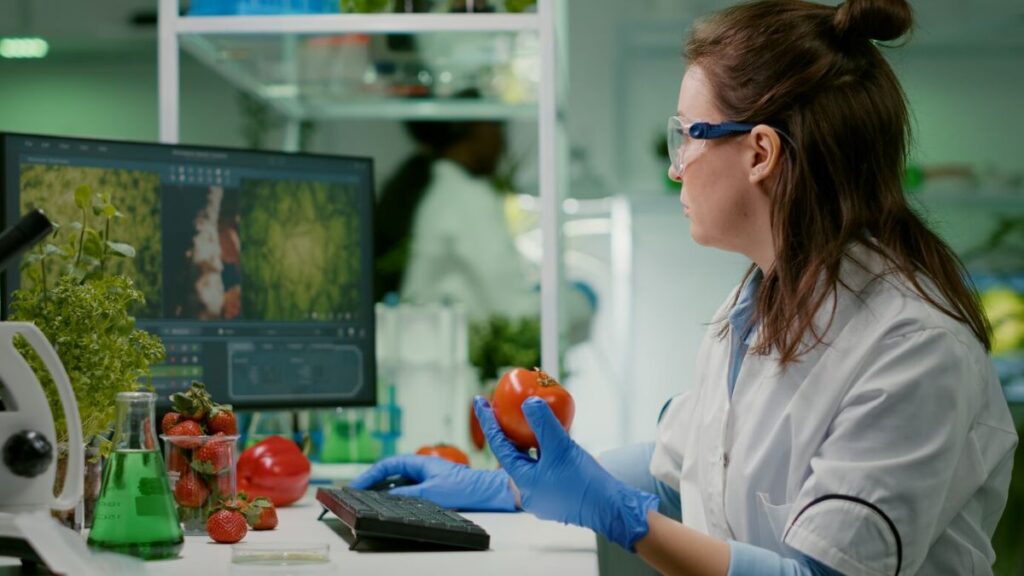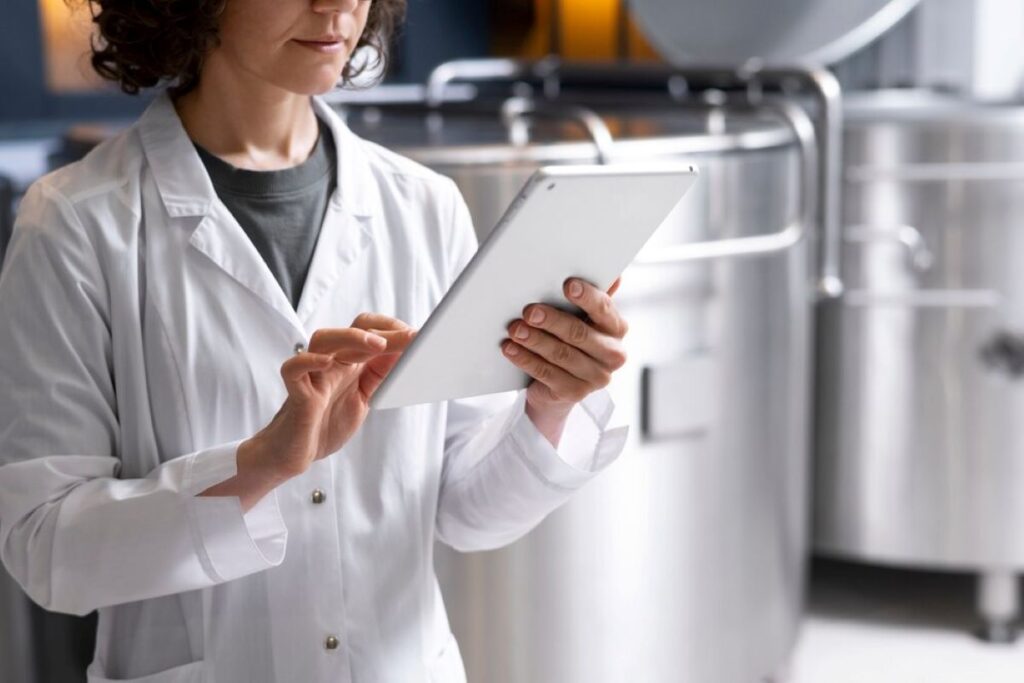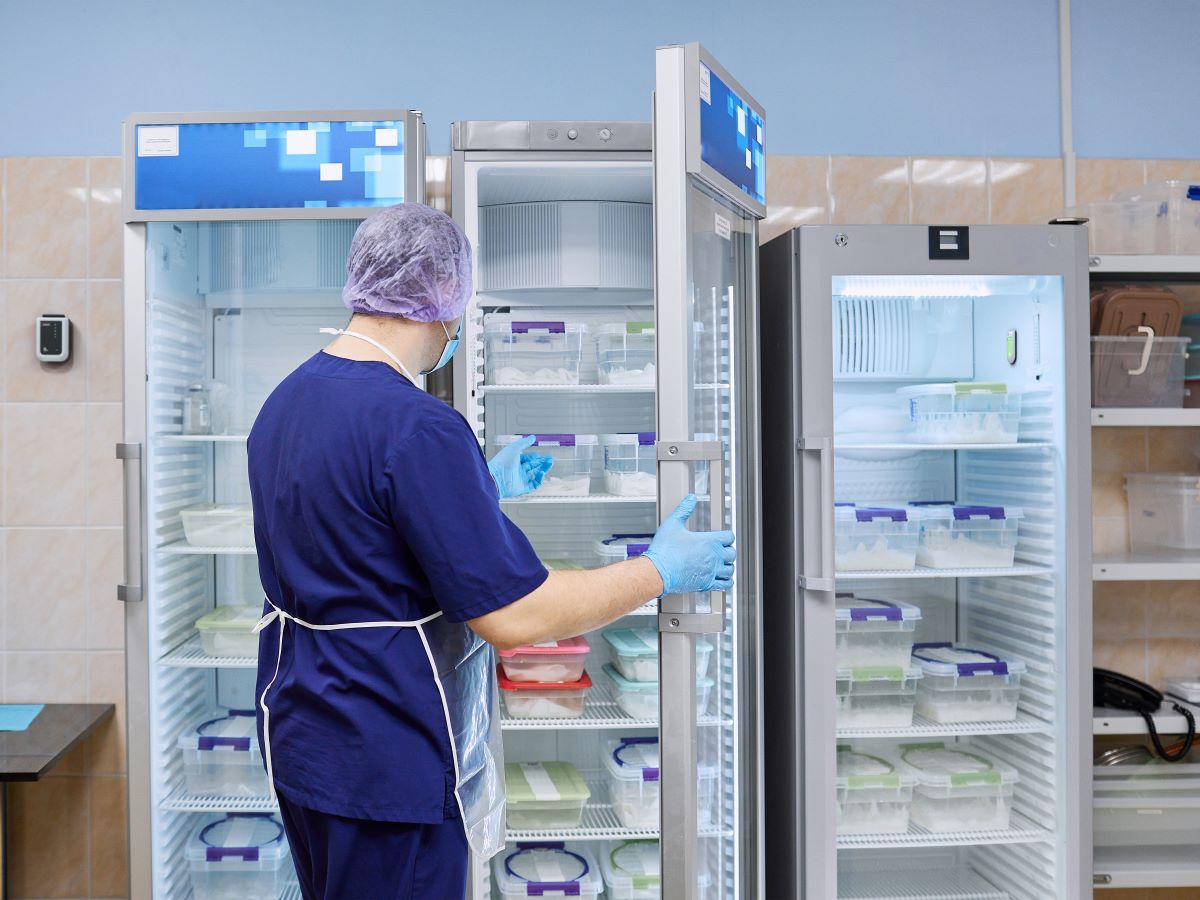How Automated Temperature Monitoring Reduces Food Safety Risks
Food safety is a paramount concern for businesses in the food industry, from farms to restaurants. One of the most critical aspects of ensuring food safety is maintaining the correct temperature throughout the supply chain. Automated temperature monitoring systems have emerged as a vital tool in mitigating food safety risks. By continuously tracking temperature changes, these systems help prevent the growth of harmful bacteria and ensure that food products remain safe for consumption.
The Importance of Temperature Control in Food Safety
Temperature control is essential in the food industry, as it directly impacts the quality and safety of food products. Many pathogens thrive in specific temperature ranges, making it crucial to keep food out of the “danger zone”—typically between 5°C and 60°C. Within this range, bacteria can multiply rapidly, leading to foodborne illnesses.
Understanding the Danger Zone
The danger zone is a term used to describe temperatures that allow harmful bacteria to grow. Foods left in this temperature range for extended periods can become unsafe, leading to serious health risks for consumers. For example, raw meat, dairy products, and prepared salads are particularly susceptible to bacterial growth if not stored correctly.
Automated temperature monitoring systems can help mitigate these risks by providing real-time data on temperature fluctuations. This allows businesses to take immediate action if temperatures rise above or fall below safe levels. Moreover, these systems often come equipped with alerts that notify staff of any deviations, ensuring that corrective measures can be implemented swiftly, thus preserving the integrity of the food supply.
Regulatory Compliance and Standards
In Australia, food safety regulations are stringent, with guidelines set by Food Standards Australia New Zealand (FSANZ). These regulations require businesses to implement effective food safety management systems, including temperature monitoring. Failure to comply can result in significant penalties, including fines and loss of reputation.
Automated temperature monitoring systems simplify compliance with these regulations. By providing accurate records of temperature data, businesses can demonstrate adherence to safety standards, ensuring that they meet legal requirements while protecting their customers. Furthermore, regular audits and inspections by regulatory bodies necessitate that businesses maintain detailed logs of temperature control practices, which can be efficiently managed through these automated systems. This not only streamlines operations but also fosters a culture of accountability and transparency within the food industry, ultimately benefiting both producers and consumers alike.
How Automated Temperature Monitoring Works
Automated temperature monitoring systems use a network of sensors to track the temperature of food products in real-time. These sensors can be placed in various locations, including refrigerators, freezers, and storage areas, to ensure comprehensive coverage. The data collected is then transmitted to a central system for analysis and reporting. This technology not only helps to maintain the quality and safety of food products but also aids in compliance with health regulations, ensuring that businesses adhere to the stringent standards set by food safety authorities.
Key Components of Automated Systems
Most automated temperature monitoring systems consist of several key components:
- Temperature Sensors: These devices measure the temperature in real-time and can be calibrated for accuracy.
- Data Loggers: These devices store temperature data over time, allowing for historical analysis and trend monitoring.
- Alerts and Notifications: Automated systems can send alerts via email or SMS if temperatures deviate from preset thresholds, enabling quick responses to potential issues.
- Cloud-Based Software: Many systems use cloud technology to store and analyse data, making it accessible from anywhere and facilitating easy reporting.
Integration with Existing Systems
One of the advantages of automated temperature monitoring is its ability to integrate with existing food safety management systems. This integration allows businesses to streamline their operations and enhance their overall food safety protocols. By combining temperature data with other safety measures, such as hygiene checks and inventory management, companies can create a comprehensive approach to food safety. Furthermore, the interoperability of these systems means that they can share data with other critical applications, such as supply chain management software, thereby improving operational efficiency and reducing the risk of food spoilage.
Moreover, the implementation of automated temperature monitoring systems can significantly reduce the burden on staff, as the need for manual checks is diminished. Employees can focus on other essential tasks, knowing that the system is continuously monitoring conditions and providing real-time feedback. This shift not only enhances productivity but also fosters a culture of accountability, as data can be easily reviewed and analysed for compliance audits. With the growing emphasis on traceability in the food industry, having a robust automated system in place can serve as a valuable asset, offering peace of mind to both businesses and consumers alike.
Benefits of Automated Temperature Monitoring
Implementing automated temperature monitoring systems offers numerous benefits for businesses in the food industry. These advantages not only enhance food safety but also improve operational efficiency and customer satisfaction.
Enhanced Food Safety
The primary benefit of automated temperature monitoring is the significant reduction in food safety risks. By continuously monitoring temperatures, businesses can identify potential hazards before they escalate. This proactive approach helps to prevent foodborne illnesses and protects consumers from harmful pathogens.
Moreover, automated systems provide accurate and consistent data, reducing the likelihood of human error. Manual temperature checks can be prone to mistakes, such as incorrect readings or missed checks. Automated systems eliminate these risks, ensuring that food products are always stored and handled at safe temperatures.
Cost Savings and Efficiency
While the initial investment in automated temperature monitoring systems may seem substantial, the long-term cost savings can be significant. By preventing spoilage and reducing food waste, businesses can save money on lost inventory. Furthermore, automated systems require less manual labour, allowing staff to focus on other essential tasks, thereby improving overall efficiency.
Additionally, the data collected by these systems can be used to optimise energy usage. For instance, businesses can identify trends in temperature fluctuations and adjust their refrigeration settings accordingly, leading to lower energy costs.

Improved Customer Trust and Satisfaction
In today’s competitive market, customer trust is crucial. Consumers are increasingly aware of food safety issues and are more likely to choose businesses that prioritise safety and quality. By implementing automated temperature monitoring, companies can demonstrate their commitment to food safety, enhancing their reputation and building customer loyalty.
Furthermore, in the event of a food safety incident, having comprehensive temperature records can help businesses respond more effectively. Quick access to data allows for prompt investigations and transparent communication with customers, further reinforcing trust.
Challenges and Considerations
Despite the numerous benefits of automated temperature monitoring, businesses must also consider the challenges associated with implementation. Understanding these challenges can help organisations make informed decisions about adopting these systems.
Initial Costs and Investment
The upfront costs of purchasing and installing automated temperature monitoring systems can be a barrier for some businesses, particularly smaller operations. However, it is essential to view this as a long-term investment rather than a short-term expense. The potential savings from reduced food waste and improved efficiency can quickly offset the initial outlay.
Training and Implementation
Successful implementation of automated systems requires adequate training for staff. Employees must understand how to use the technology effectively and interpret the data generated. Providing comprehensive training can help ensure that the system is used to its full potential, maximising the benefits for the business.
Moreover, businesses should establish clear protocols for responding to temperature alerts. Having a well-defined action plan in place can help staff respond quickly and effectively to any issues that arise.
Future Trends in Temperature Monitoring
The landscape of automated temperature monitoring is continually evolving, with new technologies emerging to enhance food safety further. Staying informed about these trends can help businesses remain competitive and ensure they are utilising the best available tools.
Integration with IoT and AI
The Internet of Things (IoT) and artificial intelligence (AI) are set to revolutionise automated temperature monitoring. IoT devices can provide even more detailed data, allowing for real-time monitoring across multiple locations. AI can analyse this data to identify patterns and predict potential issues, enabling businesses to take proactive measures before problems occur.
Blockchain for Traceability
Blockchain technology is gaining traction in the food industry, providing an additional layer of traceability. By integrating temperature monitoring data with blockchain, businesses can create a secure and transparent record of their food products’ journey from farm to table. This level of traceability can enhance consumer confidence and ensure accountability throughout the supply chain.

Conclusion
Automated temperature monitoring systems play a crucial role in reducing food safety risks in the food industry. By providing real-time data, enhancing compliance with regulations, and improving operational efficiency, these systems offer significant benefits to businesses. While challenges exist, the long-term advantages—such as cost savings, enhanced customer trust, and improved food safety—far outweigh the initial hurdles.
As technology continues to advance, the future of automated temperature monitoring looks promising. By embracing these innovations, businesses can ensure they remain at the forefront of food safety, protecting their customers and their reputation in an increasingly competitive market.
Related : Preparing for Food Safety Audits with the Right Compliance Tools
